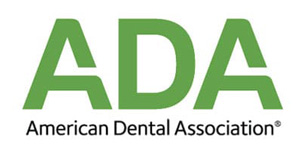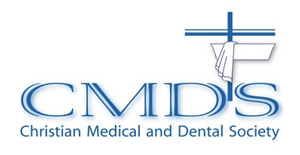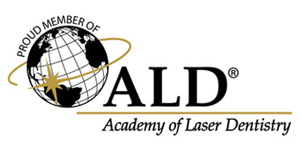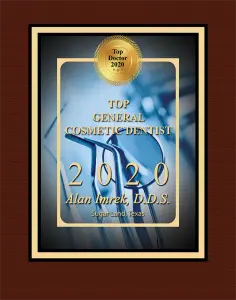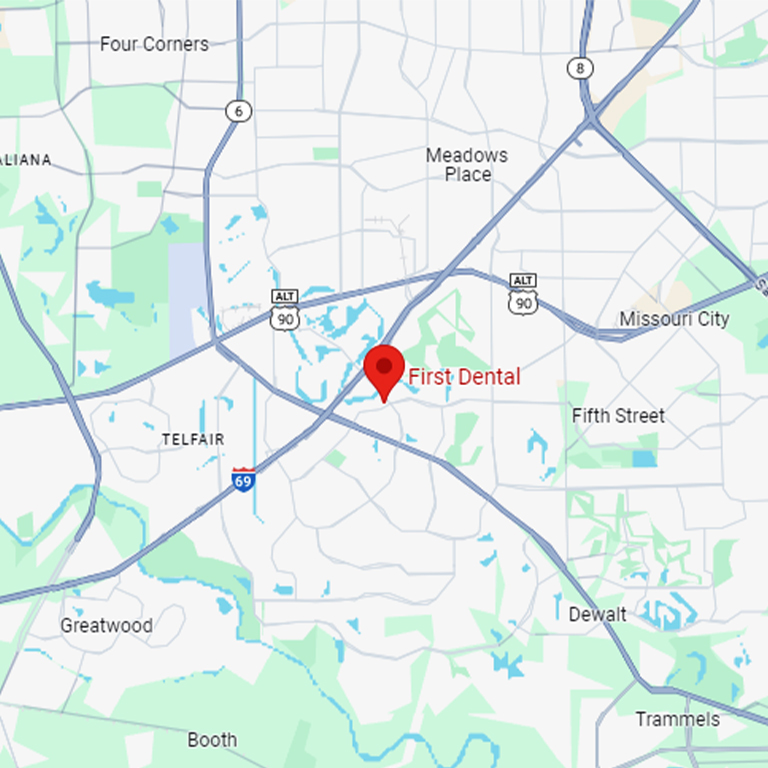Tooth Extractions
Just the thought of having to have a tooth extracted fills most people with apprehension and anxiety, but fortunately, advances in dental technology have made tooth extraction far less of an ordeal than it was in the past. Restorative dentistry options that allow you to retain the appearance and functionality of multiple teeth are more plentiful as well. Here’s what you need to know about dental extractions:
Reasons for Dental Extractions
Severe tooth decay, especially when it’s accompanied by infection, is one of the most common reasons for tooth extractions. However, there is good news — this condition has become less common in recent years. Due to heightened awareness among patients of the importance of oral hygiene best practices, cavities are at an all-time low, but decay still remains the prevailing reason for having a tooth pulled. Gum disease is another major culprit because it substantially weakens the supporting tissues that hold the roots of the teeth in place. Other reasons include:
- Incoming wisdom teeth that have become impacted
- Teeth that are blocking the emergence of other teeth
- Severely stained teeth that can’t be improved by whitening treatments
- Sports injuries or other dental trauma
- Preparation for prosthetic teeth
Some of the less common causes are tumors in the mouth, gum, or facial areas and overcrowding. For instance, if you’re going to have orthodontic treatment to straighten your teeth, your orthodontist will want to remove any teeth that are crowding others out.
What You Need to Know About the Extraction Process
Your dentist will administer a local anesthetic to the affected area for the purpose of minimizing any pain or discomfort you may feel during the extraction process. Although you shouldn’t feel any pain during the extraction, you’ll probably experience some pressure in the area as your dentist maneuvers the tooth back and forth in order to loosen the opening to make it easier to extract.
It may be necessary for your dentist to perform a procedure known as “sectioning” if the opening is simply too small for the tooth to be removed. As its name implies, sectioning involves dividing the tooth that needs to be extracted into sections so its removal will be easier and to minimize the chances of damaging the surrounding gum tissues.
After the Extraction
It’s extremely important to keep the empty socket as clean as possible in order to avoid infection. Your dentist will recommend an antibacterial mouthwash for you to use on a regular basis as well as a list of foods and beverages to avoid. In order to stop the bleeding, you’ll be asked to insert a clean gauze pad into the socket and bite down firmly. It may be necessary to exchange the pad for another one if the bleeding is profuse. Some patients find it necessary to repeat this several times until a blood clot forms and the bleeding stopped.
You should also refrain from drinking alcoholic beverages, using a straw, smoking, using oral irrigation, or brushing the teeth near the extraction area for 72 hours following the procedure. However, it’s also important to resume brushing and flossing in the areas of the mouth unaffected within 24 hours of having a tooth extracted to minimize the chances of plaque and tartar buildup. Your dentist will also recommend that you limit exercise or any other type of vigorous physical activity for at least 24 hours after the extraction has taken place in order to keep blood pressure levels relatively low — high blood pressure may result in more bleeding.
Handling Pain After the Extraction
Most patients experience a certain amount of swelling for a day or so after the procedure and find that ice packs help keep it down. In a pinch, a bag of frozen vegetables will take the place of an ice pack if you don’t have one on hand. Your dentist may also prescribe a mild pain reliever for the first few days or recommend an anti-inflammatory over-the-counter pain reliever such as Ibuprofen. Any swelling should subside within two days. If pain and/or swelling persists beyond this point, make sure to schedule an appointment with your dentist as soon as possible because this may be an indication of an infection.
We encourage you to reach out to our office at your convenience for more information about tooth extractions and other dental procedures.
How is teeth whitening done?
An impression is taken to make a specialized “mouthguard” or “stent” to hold the bleach against the teeth. The material is used for about 1.5 hours for a week, and at the end of this time, significant whitening will occur. In some cases, the change is nothing short of brilliant. For confidence in appearance, bleaching technology allows us to promise improvements in yellowing, aging or stained teeth. For very severely stained teeth, crowns or porcelain veneers may be more appropriate.
Key Benefits of Teeth Whitening
- Corrects brown, yellow and spotted tooth staining
- Works on people of any age
- Is a near-permanent solution for a “dull” smile, restoring brightness and brings a smile alive
In-Office Teeth Whitening
Dr Imrek also provides custom in office whitening using ZOOM or KOR in office whitening system. Teeth can be whitened in one visit if needed.


